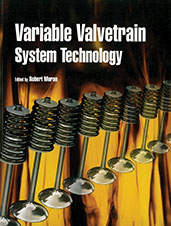Technical Paper
Assessing Heavy Duty Vehicle CO2 Emissions for Qualification as a Zero Emissions Vehicle
2024-06-12
2024-37-0007
The global transportation industry, and road freight in particular, faces formidable challenges in reducing Greenhouse Gas (GHG) emissions; both Europe and the US have already enabled legislation with CO2 / GHG reduction targets. In Europe, targets are set on a fleet level basis: a CO2 baseline has already been established using Heavy Duty Vehicle (HDV) data collected and analyzed by the European Environment Agency (EEA) in 2019/2020. This baseline data has been published as the reference for the required CO2 reductions. More recently, the EU has proposed a Zero Emissions Vehicle definition of 3g CO2/t-km. The Zero Emissions Vehicle (ZEV) designation is expected to be key to a number of market instruments that improve the economics and practicality of hydrogen trucks. This paper assesses the permissible amount of carbon-based fuel in hydrogen fueled vehicles – the Pilot Energy Ratio (PER) – for each regulated subgroup of HDVs in the baseline data set.

